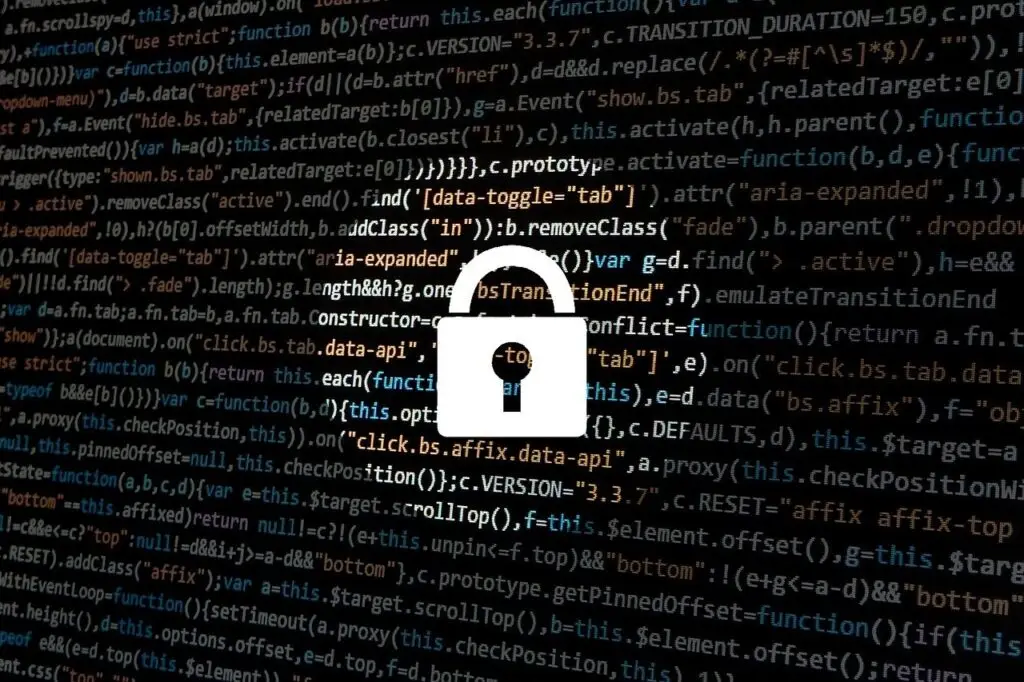The importance of cybersecurity cannot be emphasized in an age of rapid technological innovation. As technology advances, so are the challenges to our digital landscape. To properly safeguard sensitive information and ensure the integrity of online systems, it is critical to understand the many types of cybersecurity. In this post, we will look at the five major areas of cybersecurity and explain how each plays an important part in protecting our digital world.
1. Network Security
Network security is the first line of protection against cyberattacks. It entails securing computer networks against unwanted access, cyberattacks, and data breaches. Firewalls, antivirus software, and intrusion detection systems are all essential components of network security. These tools operate together to monitor and control incoming and outgoing network traffic, ensuring that only authorized users have access to sensitive data.
2. Application Security
As people rely more on digital apps, there is a greater demand for comprehensive application security. This sort of cybersecurity focuses on protecting software and applications from vulnerabilities that can be exploited by hackers. Developers use a variety of strategies to reduce the danger of unwanted access or manipulation, including safe coding principles and regular software updates. Application security also involves safeguards to protect APIs (Application Programming Interfaces) and other interfaces that allow various software components to communicate.
3. Cloud Security
With the increased use of cloud computing, safeguarding data stored in the cloud has become a top priority. Cloud security refers to methods that protect data, applications, and infrastructure hosted on cloud platforms. Encryption, access limits, and periodic security audits are critical components of cloud security. Organizations can reduce the risk of data breaches and unauthorized access to sensitive information stored in the cloud by employing strong cloud security procedures.
4. Endpoint Security
Endpoints, which include computers, mobile devices, and other linked devices, are frequent targets for cyber assaults. Endpoint security aims to safeguard these devices from malicious activities such as malware, ransomware, and phishing assaults. Antivirus software, firewalls, and endpoint detection and response (EDR) tools are essential for monitoring and protecting individual devices. Endpoint security has become increasingly important in assuring firms’ overall cybersecurity posture, as remote work has grown in popularity.
5. Internet of Things (IoT) Security
As IoT devices grow more integrated into our daily lives, safeguarding the interconnected network of smart devices becomes increasingly important. IoT security entails safeguarding the vast network of devices that comprise the Internet of Things, ranging from smart thermostats to industrial sensors. Vulnerabilities in IoT devices can be used to obtain unauthorized access, disrupt operations, or violate user privacy. Strong authentication, encryption, and regular firmware updates are critical to the security of IoT ecosystems.
Frequently Asked Questions
Q1: Why is cybersecurity important?
A: Cybersecurity is essential for protecting sensitive information, preventing unauthorized access, and safeguarding digital assets. Without effective cybersecurity measures, individuals and organizations are vulnerable to cyber threats that can result in financial losses, reputational damage, and the compromise of personal or proprietary data.
Q2: How can individuals enhance their cybersecurity?
Individuals can enhance their cybersecurity by practicing good digital hygiene, such as using strong and unique passwords, enabling two-factor authentication, keeping software up to date, and being cautious of phishing attempts. Regularly updating and patching devices and using reputable antivirus software are also crucial steps.
Q3: What role does employee training play in cybersecurity?
Employee training is integral to cybersecurity. Educating employees about cybersecurity best practices, recognizing phishing attempts, and promoting a security-conscious culture within organizations can significantly reduce the risk of cyber incidents. Well-informed employees act as an additional layer of defense against cyber threats.
Q4: How can organizations stay ahead of emerging cyber threats?
Organizations can stay ahead of emerging cyber threats by regularly conducting cybersecurity assessments, staying informed about the latest threat landscape, and investing in advanced cybersecurity technologies. Collaborating with industry experts, participating in threat intelligence sharing, and continuously updating security policies and practices are key strategies for staying proactive in the face of evolving cyber threats.
In conclusion, the ever-changing digital landscape necessitates a multifaceted approach to cybersecurity. Individuals and businesses may construct a strong defense against today’s cyber threats by understanding and applying the five categories of cybersecurity: network security, application security, cloud security, endpoint security, and IoT security. As technology advances, having a solid cybersecurity posture becomes increasingly important for guaranteeing a safe and resilient digital future.



